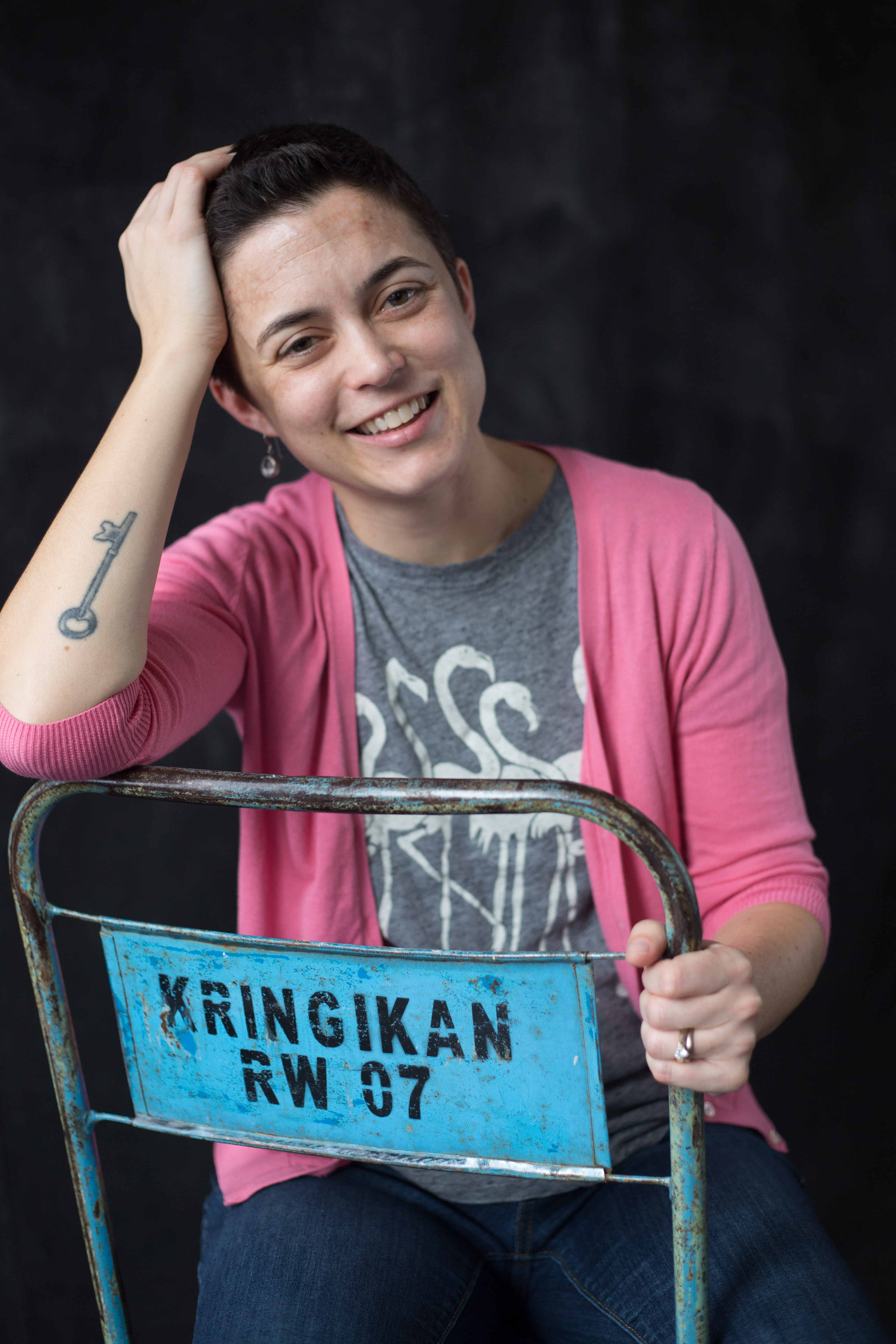- Milk
The first language we used; the world we built, docked together in orbit. You satellite, blinky and prone to unexpected rotations. Me, a heavy mothership, the station of midnight needs and made up songs. Our broken communications, droplets and spray, a Morse code of live, live, live. One human body used to sustain another human body. A gift of protection; take all my antibodies and let them weave your armor because the world wants to kill you just as much as it wants you to continue.
Special properties that take the sting, that neutralize the chemicals that cause your eyes and nose and lungs to burn. Like when I cut hot peppers and rub my eyes, I could take a little splash of milk and it might stop the hurt. Yes, the girl with milk poured in her eyes was also nine.
- Protest
The gathering of a people. A response to pain. The way you throw your body down when you don’t want to go where I want your body to go: in the house, in the car, out the door to school. The electric sense that being present is powerful, being seen and heard is of value. A gathering together of numbers to send a message. A reaction to systemic trauma. Yes, a collection of consciousness. You are most familiar with the elementary school versions of non-violence, but non-violence is often one side of a helix. People are often afraid.
- Historical Oppression
Remember what I tried to explain about redlining. Remember what we’ve talked about in our history of going-to-bed-conversations-regarding-racism. Remember more than slavery. Remember underneath-bias that people float around in and don’t acknowledge. Remember police don’t treat everyone the same way. Remember how you are afraid. Remember how sometimes you are not afraid. Remember what makes you afraid and ask why. Ask why and who and how and why not. Ask where are the people who look like you and how are they treated. Ask how you treat people. Ask people how they want to be treated. See how change is slow.
- Breathing
You take a puff of your rescue inhaler every night, before you brush your teeth. You are intimately familiar with not being able to breathe. You count to eighteen. You let out a breath and you tell me you don’t understand how someone could put their knee on someone’s neck. For almost nine minutes. You tell me you wouldn’t be able to breathe. You can’t go to sleep because you are sad. I can feel your brain building awful synapsis, clearing space to house a catalogue of trauma. I hold your small body and feel your heart beat. Feel the air going in and out, as you sink in the mud of how people are often terrible, so terrible to each other.
- Sexism
You ask if racism is worse than sexism. If anything is better than is used to be. I say, yes, things are better, but the hooked wounds last and last. Sexism is less visible sometimes, but always there. And you ask me how and I flip through the card catalog in my mind until I can find an example that won’t make you sleepless. What is the balance? How do I highlight microaggressions so you see them and demand more than pockets, but not so you feel sliced open? Such a pretty girl. Never smart or tough or brave; the people in line compliment your face, your body. Not your mind. This is one example. How many female Presidents have we had? Why do we watch men play professional baseball? Who do you see that looks like you in any job you can think of? Likewise, why is there a bias towards female teachers at elementary school? Why do we see more female nurses? Occupations of less value opened first.
- Generalizations
Not all or everyone. And yes, all or everyone. Think of my cousin, the police officer in Florida and what it must be like for her to always open the door to disaster. Think of us; you and me. What kind of white woman do you want to be? Let me tell you another story, a white woman in the park and her dog. How will you use this privilege, your words, your body? How can we sustain life more than we destroy it?
- Tear Gas
You cry into your pillow and all of your nine years are not enough to balance the scale. The world is good and terrible. I can’t tell you why tear gas is being used from Seattle to Louisville; somehow, its use is not illegal. The militarization of our police force is part of our decay. Trying to answer you is often a hallway of doors that keep opening. Police have these weapons, this gas, and they want the crowd to dissolve, to go away. You ask me if the man died and I say yes. And this has all happened before. If we made a gas of our tears it would be a thick fog that no one could see through. Blind, just hands reaching out and a coughing wind to carry our cries toward the stars.

